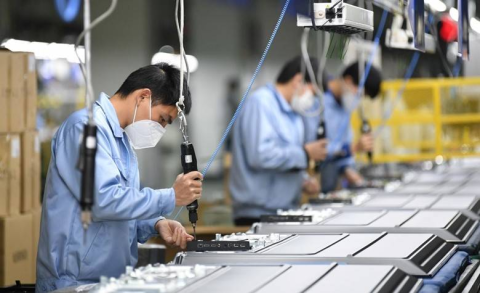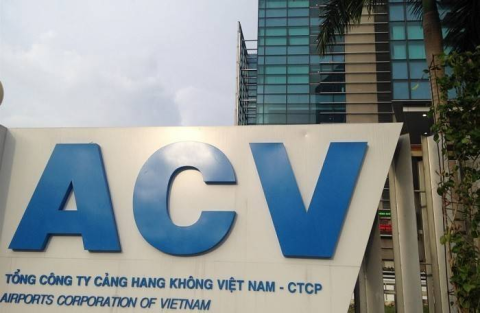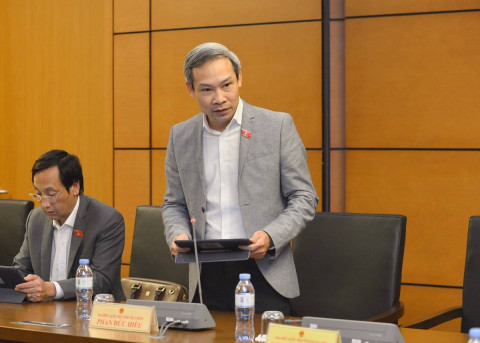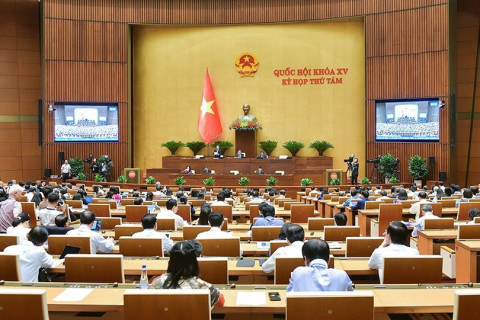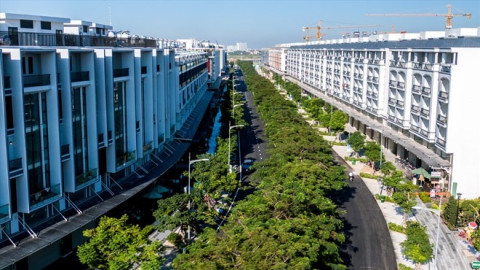Removing the bottleneck of capital shortage for small and medium-sized enterprises
- 176
- Enterprise
- 20:42 26/07/2024
DNHN - “Although the economy shows signs of recovery, operations still face many challenges, with uneven recovery across sectors in terms of orders, legal barriers, and difficulties in accessing capital to maintain and expand production and business."
This was the statement by Ms. Trinh Thi Huong, Deputy Director of the Enterprise Development Department, Ministry of Planning and Investment, at the recent Small and Medium Enterprise Policy Forum held in Binh Duong.
The forum, themed “Access to Capital - Unblocking the Bottleneck,” was organized by the Vietnam Association of Small and Medium Enterprises (VINASME) in coordination with the Enterprise Development Department (Ministry of Planning and Investment). This activity is part of the USAID-funded Improving Private Sector Competitiveness (IPSC) project.

Accordingly, she believes that although there are positive business signals, enterprises still face many difficulties and challenges. According to statistics, more than 18,000 businesses withdraw from the market each month, almost all of them small and micro enterprises. One of the biggest challenges for businesses is access to capital. In reality, the Government has many solutions to accompany businesses in accessing capital to help small and medium-sized enterprises overcome financial difficulties. However, many businesses still have not accessed special capital sources and bank credit.
Difficulties in accessing credit sources
Currently, the country has about 920,000 active businesses, with 98% being small and medium enterprises (SMEs). In the first five months of 2024, more than 64,700 businesses registered for new establishment nationwide, and 37,215 businesses resumed operations, while 7,965 businesses completed dissolution procedures. Most of the capital comes from the owner's equity, credit sources, foreign investment, financial market mobilization, state budget, partners, or financial leasing activities.

However, according to a survey by VCCI in 2023, businesses face difficulties in operations, with the biggest difficulty being access to capital, accounting for 57.1%. According to the survey results of the Central Institute for Economic Management, SMEs accessing formal financial sources through the banking system and other formal sources only account for 25%, while up to 75% still have to mobilize friends or borrow informally. Among the financial sources of SMEs, 90% come from banks and 10% from other sources.
The scale of capital, equity, financial capacity, and management level of these businesses are still limited. Notably, many businesses lack transparent and accurate financial data and collateral assets. Most small and medium-sized enterprises do not have audited financial statements, and tax reports differ from internal financial statements, making it difficult for banks to consider granting credit. Additionally, other difficulties mentioned by project consultant Mr. Tran Van Hien include SMEs lacking collateral or having low-value assets, low feasibility projects, and no financial planning or forecasts for 3-4 years. These challenges make it even more difficult for businesses to access credit sources.

Asset valuation at banks in the current context is also an issue. Mr. Nguyen Tri Ky, Chairman of the Dak Nong SME Association, shared: “Many businesses are very 'thirsty for capital,' but asset valuation compared to the market also makes it difficult for businesses to open loan files... Therefore, specific regulations on asset valuation for loans are needed. The important thing is to help businesses quickly access capital sources...”

“Currently, small and medium-sized enterprises account for about 98%, and most of these businesses cannot afford to pay for high-quality labor.” Ms. Nguyen Thi Thanh Uyen, consultant of the Digital Human Resource Development Center of Binh Duong University, said that in reality, about 50% of these businesses lack capital, and 50% lack human resources to meet the requirements. Many businesses no longer have collateral for loans, so the involvement of management agencies and banks is needed to remove the “capital bottleneck”.
What solutions are available for small and medium-sized enterprises?
Capital is considered the lifeblood of businesses, but when it is blocked and lacking, it causes many difficulties for production and business activities. The government has introduced some financial programs to support interest rates for businesses, but the actual implementation shows that businesses still face many difficulties and limitations in accessing these programs.

To support SMEs, targeting innovative startups, SMEs participating in industry clusters, or value chain enterprises, the SME Development Fund, a state financial fund outside the budget managed by the Ministry of Planning and Investment, can provide direct and indirect loans, capital support, or capacity enhancement support. This can help businesses receive support with loan interest rates at 80% of the lowest commercial loan rates. Specifically, currently 1.2% per year (short-term) and 4.4% per year (medium and long-term). Businesses are exempt from prepayment fees... However, obtaining these loans is not easy for all businesses. According to Mr. Phan Thanh Ha, Director of the SME Development Fund, common errors in preparing loan applications include: lack of basis for identifying SMEs, innovative startups, participation in industry clusters, or value chains; incomplete or inconsistent data; and failure to demonstrate the capacity of the business...

Additionally, Mr. Nguyen Tri Ky, Chairman of the Dak Nong SME Association, suggested that the banking sector consider unsecured loans for small and medium-sized enterprises. He believes that if each small and medium-sized enterprise can get unsecured loans of about 500 million VND, it will reduce the risk pressure for banks...
In reality, many domestic commercial banks have implemented loan disbursement processes according to the value chain, which has been effective. However, according to Ms. Trinh Thi Huong, the number of businesses accessing these funds is still limited, while state resources are limited. Businesses need to proactively understand the legal regulations and information to access funds. Businesses also need to be proactive, creative, and have good business plans.

The southern key economic region and the Central Highlands provinces are dynamic economic development areas, with small and medium-sized enterprises playing a very important role and contributing significantly to local and national budgets. Therefore, addressing this “bottleneck,” according to Lawyer Dao Van Hung, Chairman of the Vietnam Green Economic Development SME Association, can partially support the southern business community and the Central Highlands provinces in accessing preferential capital for sustainable business development. This, in turn, promotes the growth of businesses and the economy as a whole.
Uyen Nhi - Van Nguyen
Related news
#SMEs

Opportunities and challenges for Vietnamese SMEs in the context of international integration
The challenges and opportunities for Vietnamese small and medium-sized enterprises (SMEs) in the context of international integration are increasing, requiring sensitivity and creativity.

Enhancing knowledge for Vietnamese Small and Medium Enterprises
On June 11 in Hanoi, a Memorandum of Understanding was signed to launch the online training project “Enhancing Knowledge for Vietnamese SMEs" between the Ministry of Planning and Investment and the Vietnam Association of Small and Medium Enterprises.

Developing an ecosystem to support sustainable business for SMEs
A new draft circular from the Ministry of Finance is designed to promote sustainable business activities in the private sector.

CEO Lê Nguyên Hòa – LHLEGAL Law Firm honored to present opinions to General Secretary Tô Lâm
On the afternoon of August 22, at the Presidential Palace, Lawyer Lê Nguyên Hòa – Executive Director of LHLEGAL Law Firm, along with the delegation of the VINASME, had the honor to meet with General Secretary and President Tô Lâm.
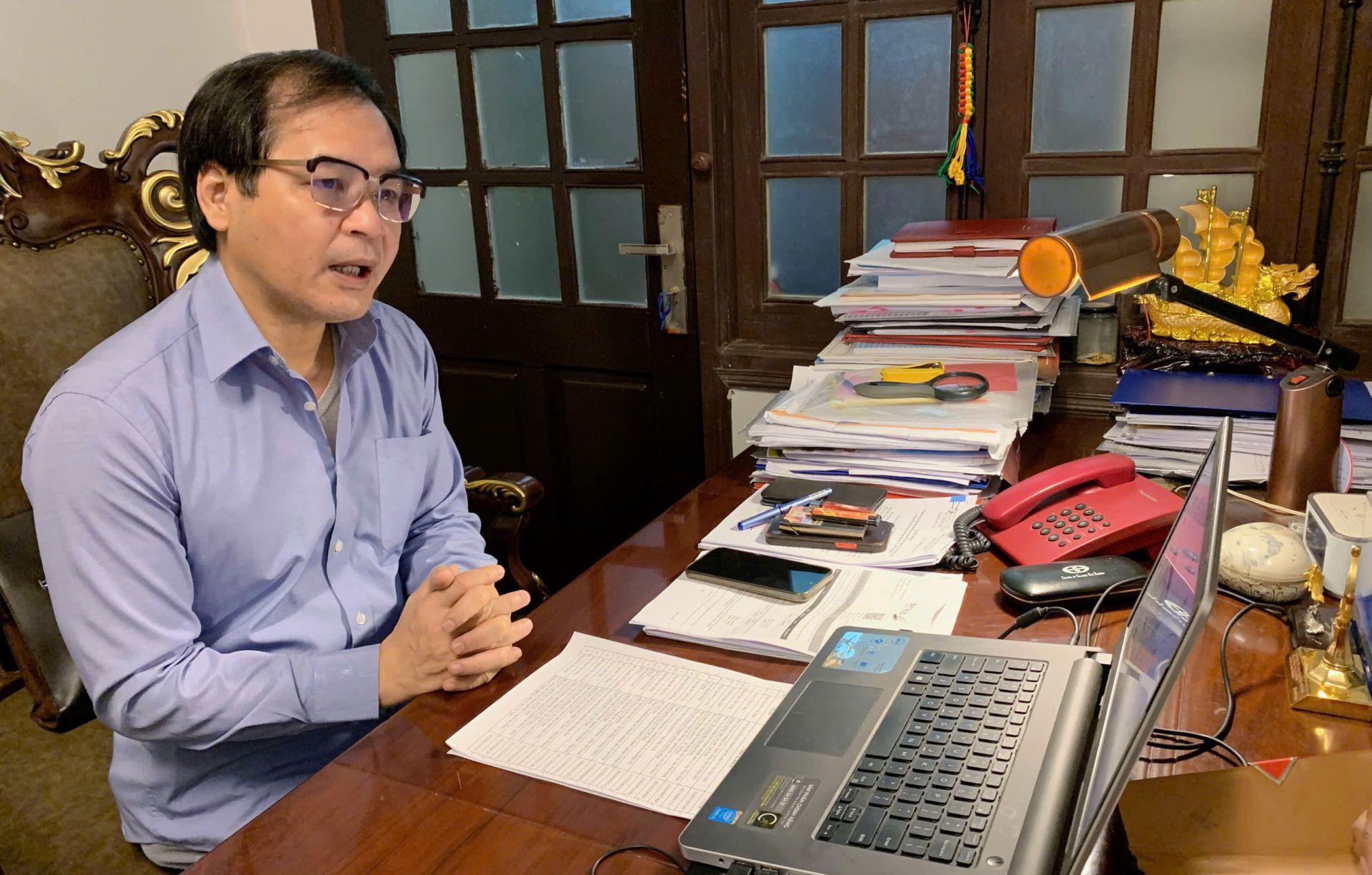
The Vietnam Association of Small and Medium Enterprises honors an audience with the General Secretary and President Tô Lâm
On the afternoon of August 22, the VINASME will have the honor of meeting with the General Secretary and President Tô Lâm to report on the results of their activities. This significant event is organized by the Business and Integration Magazine.
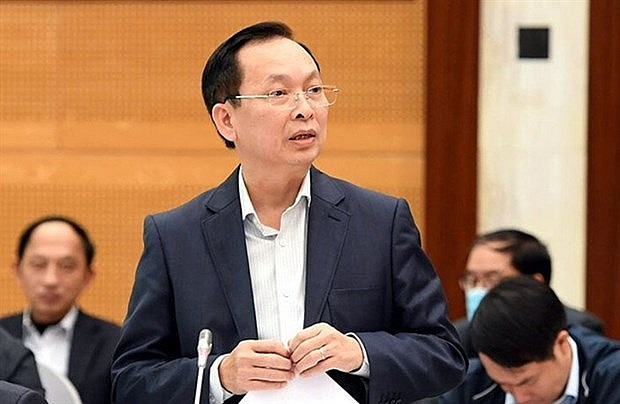
Banks told to rollout low-interest businesses loans
Commercial banks were told to launch a 40 trillion VND support package with a 2 percent yearly rate cut for businesses in a meeting with the State Bank of Vietnam (SBV) last week.
Đọc thêm Enterprise
List of Vietnam’s 25 Best Workplaces 2025
Great Place To Work® has officially announced the 25 companies featured in the Best Workplaces in Vietnam™ 2025 ranking.
The ambitions of major enterprises in 2025
Major enterprises such as Dabaco, FPT, and KBC have set ambitious plans for 2025, demonstrating flexibility and sharpness in their business strategies.
What do domestic businesses need to overcome difficulties?
Strong and synchronized government support policies are crucial in helping Vietnamese enterprises navigate the current challenging period.
ACV achieved net profit surpassing VND 11,560 billion in 2024
Vietnam Airports Corporation (ACV) has recently announced its 2024 business results, reporting a net profit exceeding VND 11,560 billion, marking a 37% growth compared to the previous year.
Increasing taxes on pick-up trucks: The need to hear public opinion
The proposed tax increase on pick-up trucks is sparking debate. Many representatives argue that this decision could impact workers, businesses, and the domestic automotive market.
"The Vietnam-Korea Investment Cooperation Forum 2024 is a testament to the spirit of innovation and sustainable collaboration."
For Mr. Kim Ki-mun, Chairman of KBIZ, the Vietnam-Korea Investment Cooperation Forum 2024, scheduled for November 21, is not merely an event but also a testament to the spirit of innovation and sustainable collaboration between nations.
KBIZ's 60-year journey in building a solid foundation for South Korea's small and medium enterprise community
With over 60 years of establishment and development, the Korea Federation of SMEs (KBIZ) has emerged as a pioneering force in supporting the small and medium-sized enterprise (SME) community in South Korea.
What categories are included in the additional audit subjects?
On the morning of November 7, the National Assembly discussed the draft amendment of several articles across seven laws, with a particular focus on adding new audit subjects.
Institutional obstacles "tie up" enterprises and challenge economic growth
During a session discussing the 2024 socio-economic development plan, National Assembly deputies emphasized that institutional barriers remain a significant "obstacle" for businesses.
More than 1,000 new real estate businesses established in Ho Chi Minh City, transactions grow
In the first nine months of 2024, Ho Chi Minh City's real estate market witnessed the establishment of over 1,000 new businesses and recorded 1,600 property transactions, signaling a positive recovery trend.




